Nothing cracked, nothing broken
This week: Deciphering the undecipherable; Nothing cracked, nothing broken; It’s that blue time of year;

The week before and after Easter always seems to be a strange time of year.
There are a series of public holidays which always break up the working week. That means you are not quite sure what day it actually is and I feel as though I have lost a day or two.
The major activities on the island are the Processions of the Cross around local villages overnight and early on Good Friday.
Following on, Easter Sunday and Easter Monday are significant religious festivals with the church bells ringing out many times during the day.
We have had sunshine and showers this week.
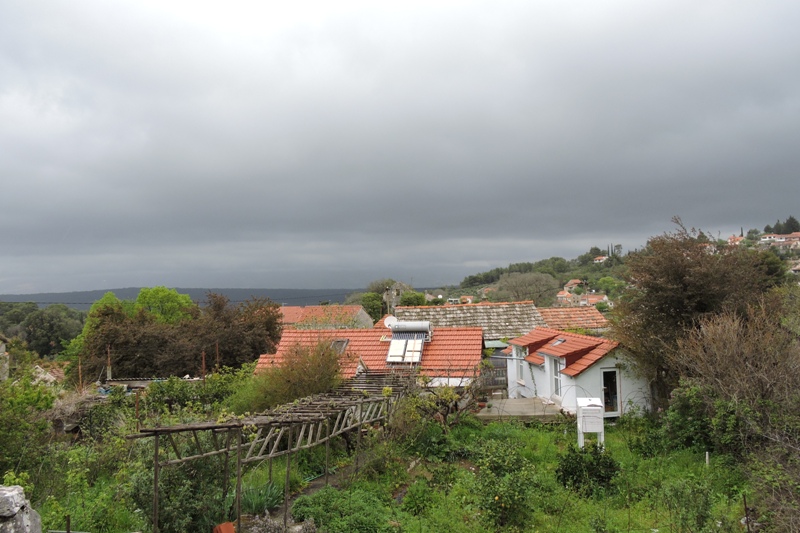
Dense, dark clouds brought heavy rain and made everyone and everything rush for shelter.
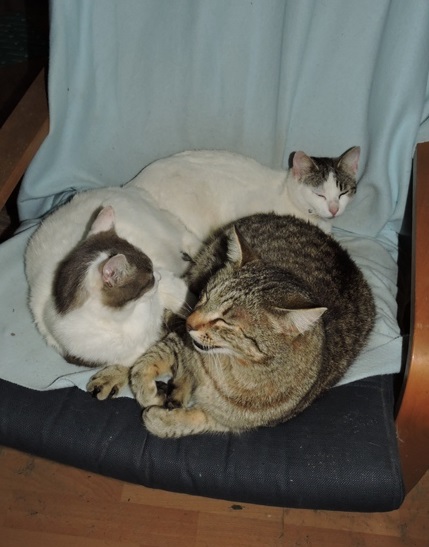
The showers have done a lot of good for the parched soils, but added together with the warmth, every known weed has grown and is getting ready to flower and set seed.

I should have been outside cutting the weeds down, but when everything is soaking wet because of overnight and daytime rain, it is not the most appealing of jobs.
However, as I look out at the thistles that are all starting to flower, I really, REALLY need to do some cutting down this next week.
Deciphering the undecipherable
I have some copies of the earliest Kadaster (land registry) entries for my various buildings, dating from c.1906.
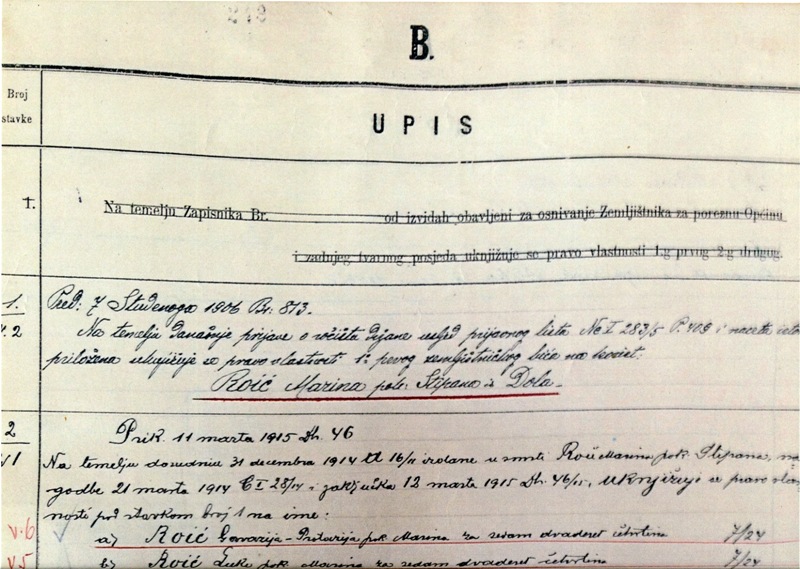
They are difficult to read, even for Croatian speakers.
From the fall of the Venetian Republic in 1797, this area of the Adriatic was ruled briefly by France under Napoleon, then becoming part of the Austro Hungarian empire by 1815.
However as the century wore on, increasing “Germanisation” was objected to by the populace. The separate Slavic language, now called ‘Croatian’ developed along with a separate cultural identity for the people in this part of the Adriatic.
In the late 1870’s Austrian surveyors mapped the country, identifying every parcel of land and its ownership.
It is these parcel numbers which are still used today to identify property, together with the original survey documents.
The whole area of this part of the village was owned by families called Roić, much as the land opwnership remains to this day.
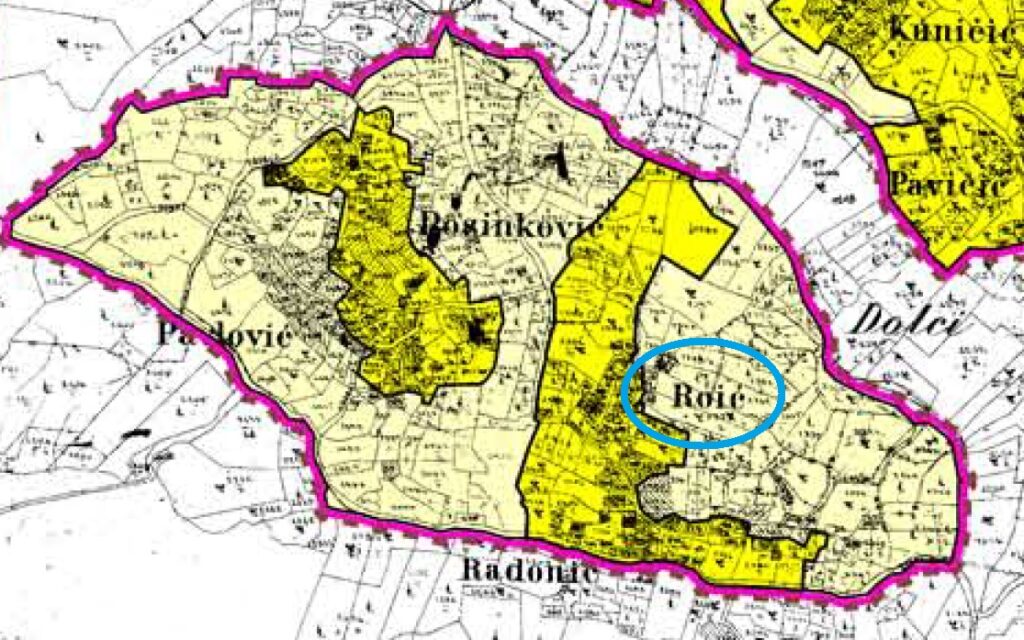
So at the time the first entries in these old registers were made, before the Assassination of Archduke Franz Ferdinand in Sarajevo on 28th June, 1914, this area was firmly within Austria-Hungary.
Later entries span the Kingdom of Yugoslavia, the WWII Croatian Banate (Independent States) and the Yugoslavia Republic, 1945 – 1992.
Up to 1909 Italian was the official language of Dalmatia. This is why the printed registers are in both Italian and Croatian. Post 1909, Italian could not be used in official documents.
I took the documents over to my neighbours one wet afternoon this week, for help with translation.
It helped me a little because the entries refer to court decisions, but to get the full information I will need to go to the court records in Stari Grad.
What it did highlight is the gap in knowledge that local people have about their ancestors. Some of the names mentioned in the entries are completely unknown to my neighbours.
What became very clear is that to really understand the entries, I need to have a family tree of names, to identify who is related to whom in this tight knit community.
I will be adding it to my “to do“ list!
Nothing cracked, nothing broken
I was just gently drifting off to sleep, a few minutes after 11pm local time on Friday when I was jolted wide awake.
Pongo who has taken to curling up next to me at night, was bolt upright, hackles raised and staring at the door. I thought at first that it was wind making the door rattle. We have had several gusty nights this week, but this sound was different.
My old doors, indeed all the building, tends to rattle, but what started as a sound like someone trying the doorknob was growing in intensity.
I could hear the roof beams above my head creaking.
I realised very quickly that this was an earthquake. As the bed was vibrating, I started counting; one thousand, two thousand, getting up to 5 seconds before the earth tremor passed.
The tremor probably lasted double that length of time.
From my past experiences of having been in earthquakes, I realised this was a strong one, and estimated it as at least 5 on the Richter scale.
Now wide awake, I logged on to the European Mediterranean Earthquake Centre. They were already reporting a level 6 earthquake in Bosnia i Herzegovina. This was later downgraded to 5.7.
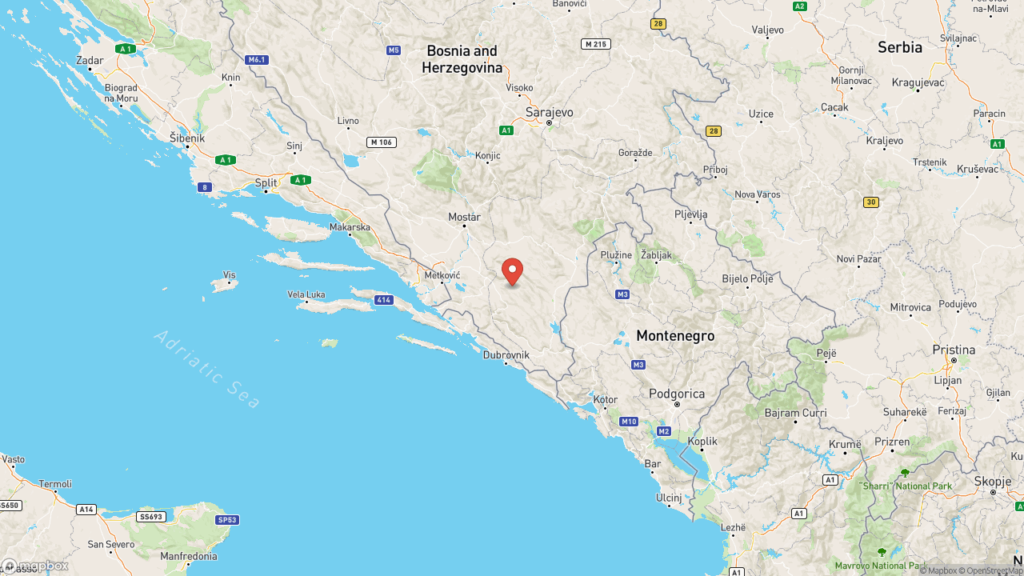
The epicentre was on the same latitude as Dol, but 120 km to the east.
I filed an observation report with the centre, as I usually do when I feel an earthquake here and settled back in bed.

Around 40 minutes later there was a strong aftershock which made everything rattle again for a second or two. This is the most powerful earthquake I have felt since moving here.
Getting up in the morning, I did a walk round looking for damage. I was thinking of my new glass doors and windows and the recently plastered walls.
Nothing seems to have been cracked or broken around my home.
Checking the news, it seems there was a fatality in Stolac where a lady was killed.
This was caused by boulders dislodged by the earthquake coming down a hillside and slamming into her home, injuring other members of her family as well.
Vehicles were damaged by falling debris from houses and streets were blocked.
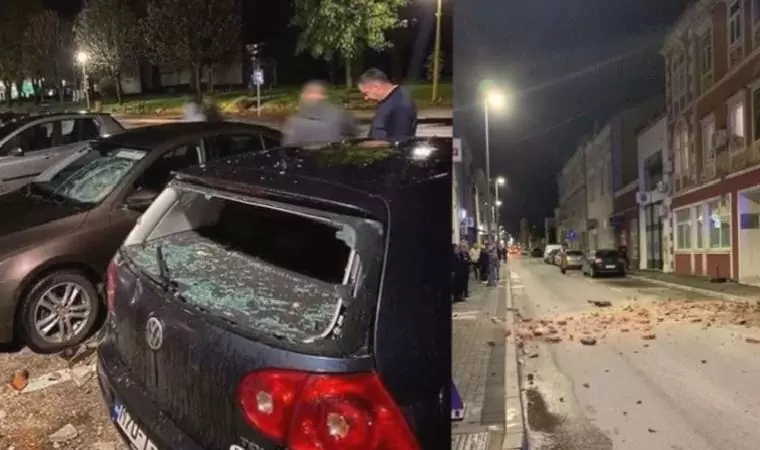
The Balkans are well known as an area where there is considerable seismic activity around the junction of the tectonic plates.
It’s that blue time of year
I realised a long time ago that the different seasons of the year have different signature colours.
Spring flowers and shrubs, at least in my garden, seem to be primarily yellow.
Whether that is the early flowering Acacia Dealbata, or the slightly later flowering Forsythia.
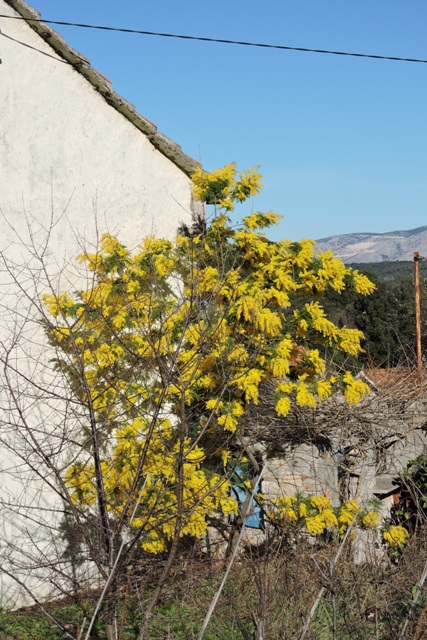

Then there are all the spring bulbs, like my Daffodils and Crocus, together with wall flowers, like my Sedums.
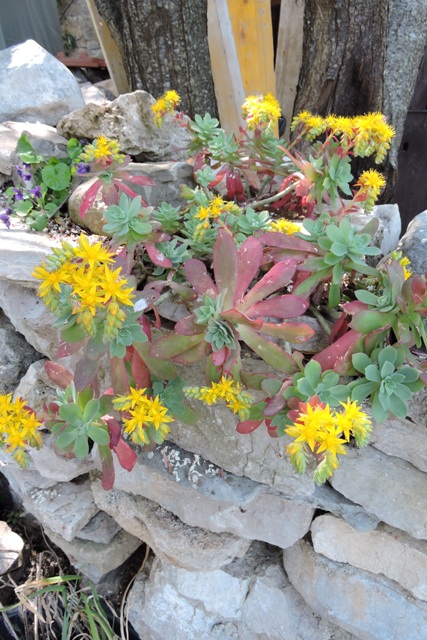
As one set of flowers die back and the leaves develop – spring flowers are often on bare stems – then the next group comes into bloom.
At the moment the fragrant Lilac, Syringa vulgaris, is in flower.
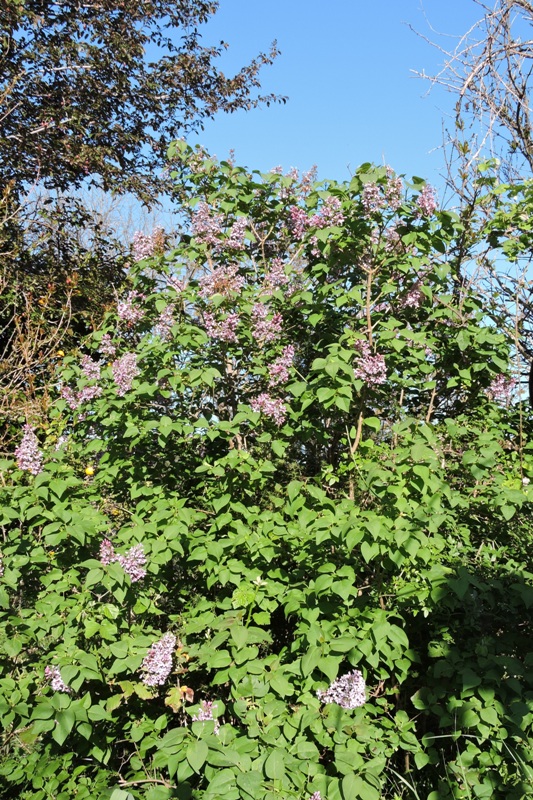
The flower candles are blue to pink, depending on how the light catches them. Indeed “Lilac” is the name of a colour used to describe similar coloured cloth.
These shrubs are covered at the moment with the fragrant blooms which attract all manner of pollinators. They are covered by Green Rose Chafers who are feeding on the flower nectar.
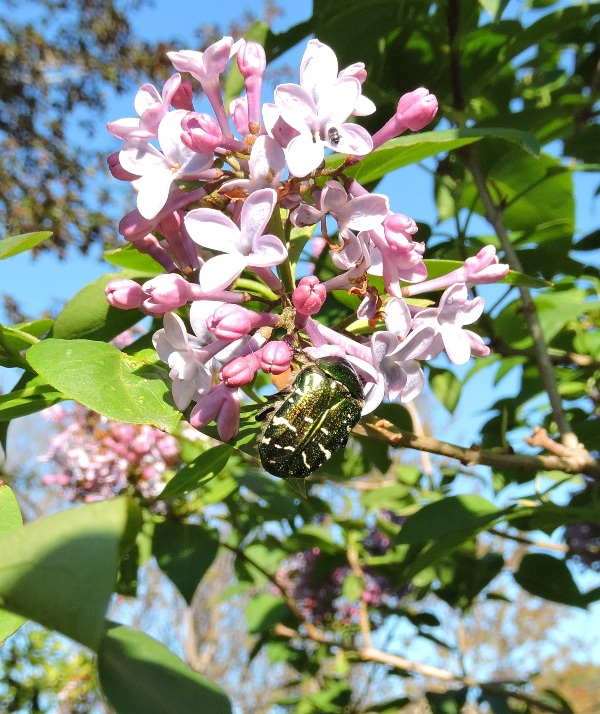
Elsewhere my Honesty, Lunaria annua is in flower at the moment and looks the best this year that it has ever done.
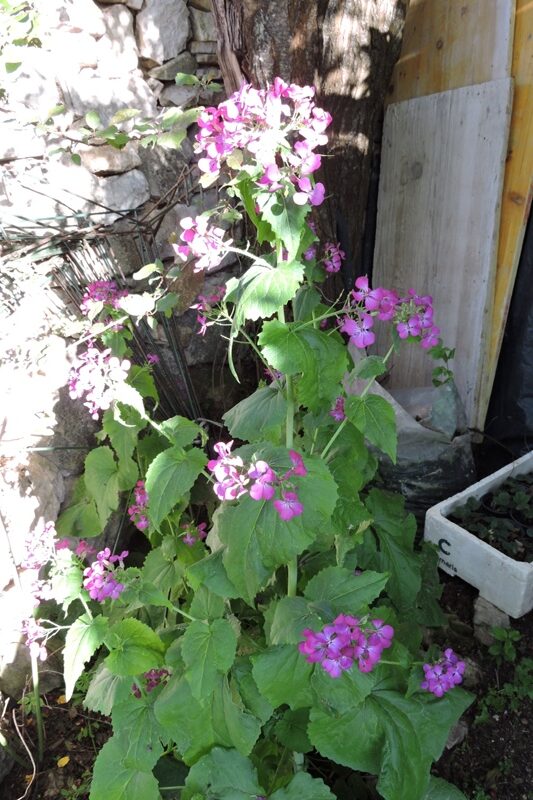
I planted the seeds in a damp corner which does not get much direct summer sun and they seem to like the location.
Honesty is a biannual, with the seeds that germinate this year producing leaves, but not growing flower spikes until next spring.
If you are really lucky, you can get two sets of blooms in a year.
The blue Iris are all in flower together.
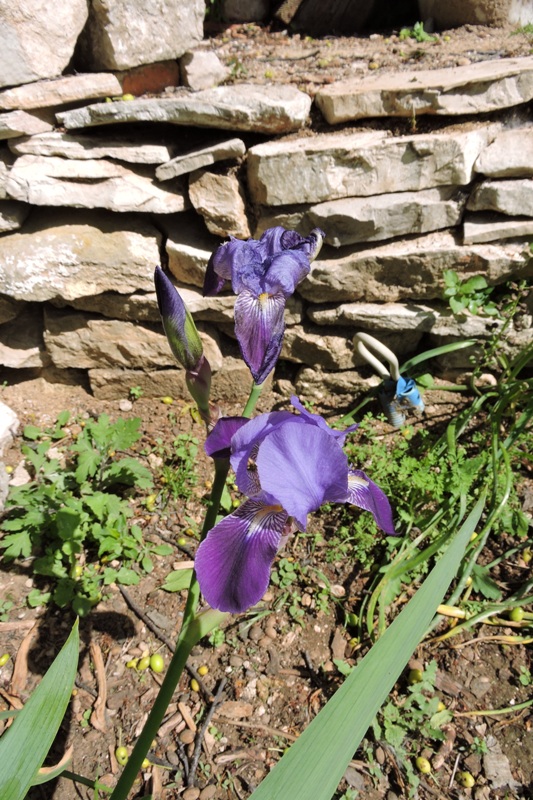
Whilst nearby a beautiful blue Anemone brightens up the border.
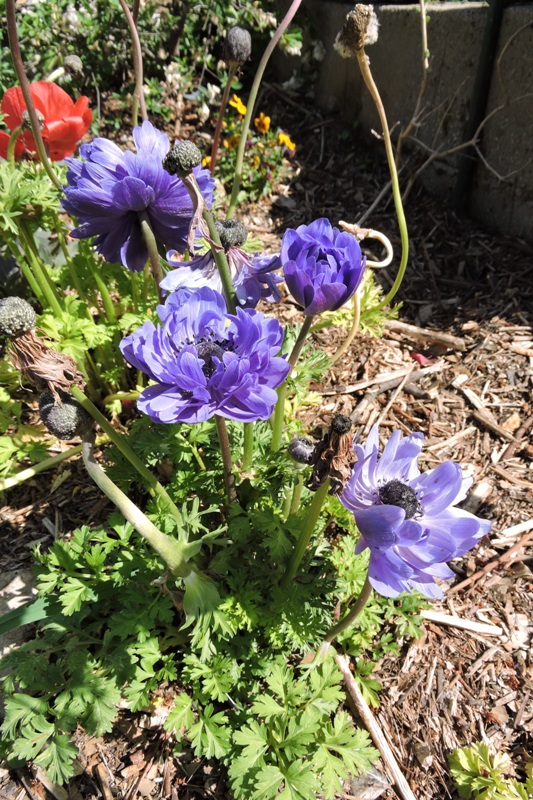
The blue flowers of the herb Borage shine in the sunshine. These are self seeded and thrive close to my apple trees.
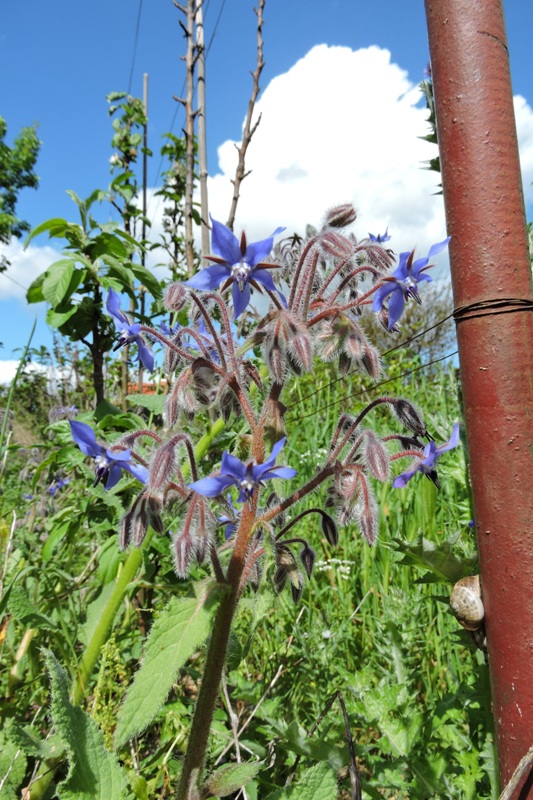
I also have some pretty blue annual wild flowers.
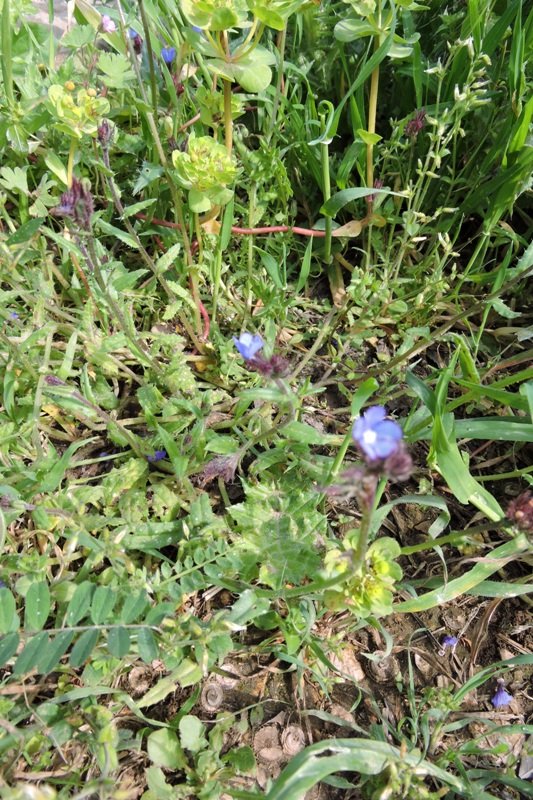
Despite hunting through my wild flower books, I have yet to discover the name of the plant, but it also seems to like the depleted limestone soils of the drupe and citrus orchards.
There is also my patch of slowly spreading English bluebells. These came as half a dozen bulbs from a Yorkshire garden and are slowly naturalising under the border shrubs.
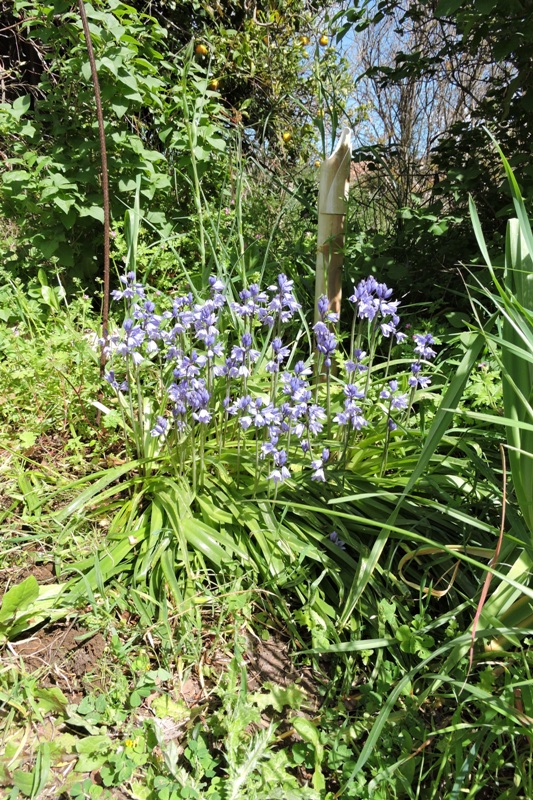
They too have put on their best display ever this year. NCG
One Response
alan Wheeler
Sounds like a good shaker. Not quite up to Loma Prieta quake you experienced back in 1989. Originally listed as 7.2 but downgraded to 6.9, and lasted 20 seconds. Still remember your observation of the shock waves flowing down Mathilda Ave. Glad to hear nothing major happened to your place, other than unhappy felines.